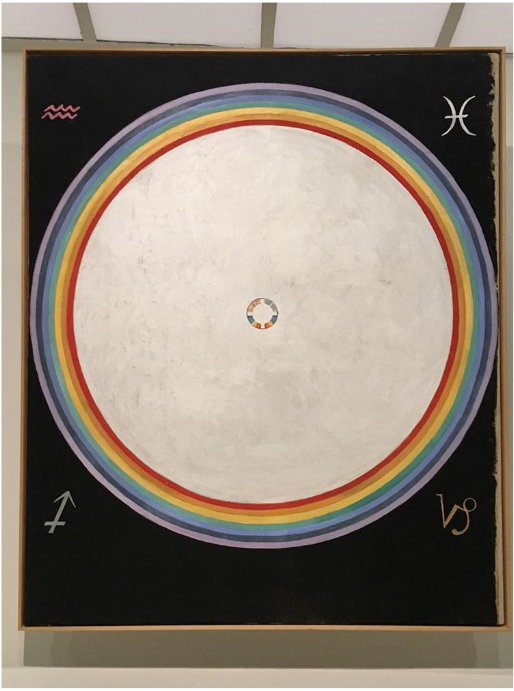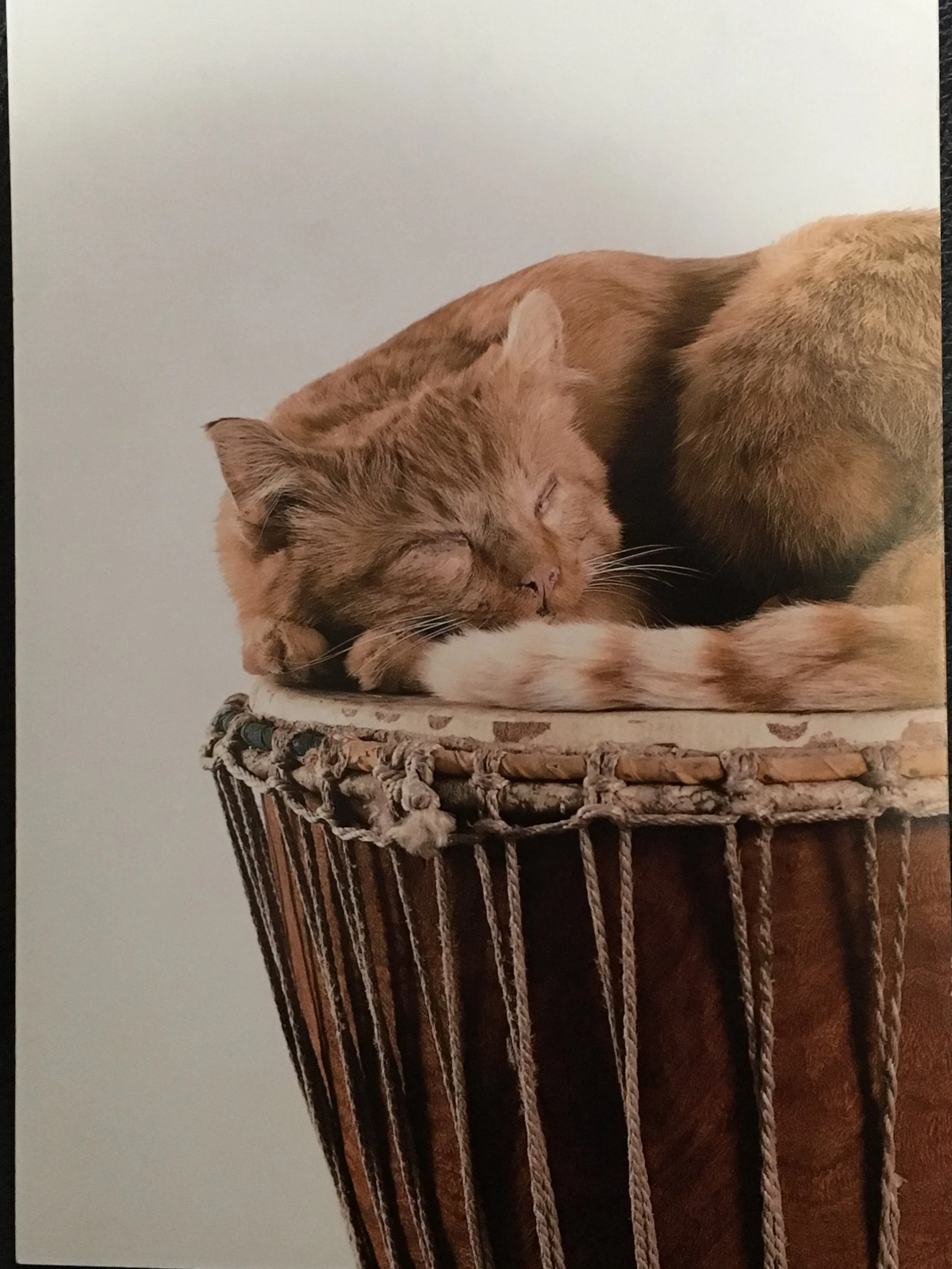The af Klint exhibition at the Guggenheim is a sublime encounter, simultaneously entirely familiar yet alien and unexpected. Born in 1862, af Klint was a painter preoccupied with mysticism. One of the first women to receive a higher education at the Royal Academy of Fine Arts in Stockholm, she painted commercially for money but pursued mysticism throughout her life. As a teenager, she “participated in spiritistic séances but gave them up due to their lack of seriousness” and in her 30’s she and four other female artists founded a spiritual group that met once a week. The group made contact with spiritual beings which culminated in af Klint channeling the messages she received in a collection of 193 paintings, the majority of which are shown in this exhibition.
Read MoreTwo women, two costumes. The upper and lower classes imitate each other to very different different effects and meanings. Pictured left is Lourdes de Oliveira in her carnival garb in 1959’s “Black Orpheus” and right is Marie Anoinette in the “rustic” dress whose popularity ignited the need for cotton-picking slaves in the new world. Thank you to Andrea Cauthen who conversed with us yesterday about her upcoming project exploring the legacy of the cotton-industry and black labor.
Read MoreA common refrain in current activism is “Listen to Black Women”. When the latest traumatic news cycle starts, a chorus of commentators and thinkers invariably chime in, trying to either explain or deny or commodify the moment we find ourselves in. A pervasive response? Listen to black women. This moment is a deep and long overdue reckoning that will take years to unfold - it has of course been building for hundreds of years and is so nuanced so as to require a continual deep engagement etc. But for guidance - what do we listen to? And how?
Read MoreBasketball Chandelier, David Hammons. 1997.
Read MoreThere are many possible ways to make a documentary about art and money. One tack might be to focus on the question of art’s value. Where does this value lie? Is art more valuable than a house? Than liberty? A human life? These are interesting questions, but unfortunately, Nathaniel Kahn’s new documentary, The Price of Everything, barely touches on them. Another approach might be to cast a broader net, and discuss blue chip art as one of many models artists have of making money off their work: regional artists selling to a local market, performance artists living off commission, workaday artists making souvenirs for tourists. These lives are interesting too, but Kahn’s documentary makes no mention of them. One could even make a comparative study of the few activities that receive market attention versus the many that have been practiced and continue to be practiced with no relation to markets at all: hobbies, cave paintings, ritual objects, outsider and underground art, decorative doodles in the margins of notebooks. This would be a fascinating typology, but unfortunately, Kahn’s documentary does not attempt it.
Read MoreYou can see/feel/experience this work by LaMont Hamilton at The Drawing Center in SoHo.
Read MoreWhen I first entered this exhibit, I knew only bits and pieces of Whitten’s work - namely, his use of a “developer”, a handmade canvas-sized squeegee contraption that allowed him to make a painting in a manner of seconds. His developer paintings were on display, as were his homages, and sculpture from throughout his career.
Read MoreWhen it comes to Jazz
As David Hammons would have it
The question becomes -
Who’s the cat on the drums?
Read Morebut i’m
gonna make this simple
you
kinda make my eyes dance and
i’m on an endless river bank
fuchsia rose petals under feet
It is characteristic of our cultural moment that sincerity often sits uneasy in our stomachs. We’ve heard all the lines before. We know them from a million b-list movies we can’t quite recall, but which form a background of white noise to everything we take in today.
Read More










